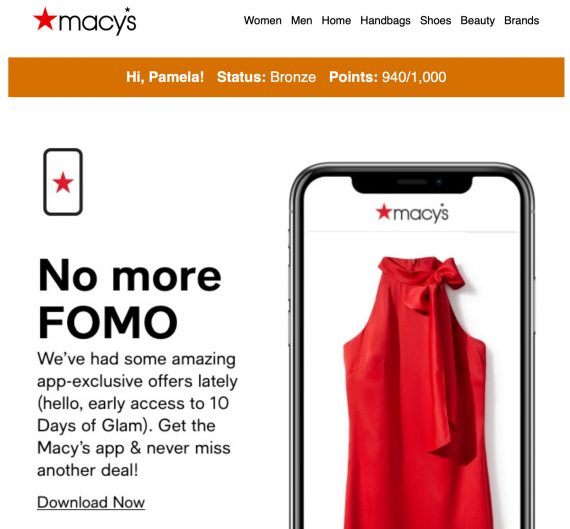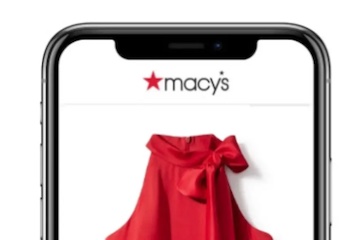[ad_1]
Sending sales and updates to shoppers’ inboxes is a mainstay of successful ecommerce businesses. And targeting consumers based on their on-site behavior is a no-brainer.
Here are six automated, behavior-based emails — beyond abandoned carts — every online store should configure.
- Product-based offerings and support.
- Purchase follow-ups.
- Date-triggered reminders.
- Engagement-triggered content.
- Form-submission follow-ups.
- Win-back messaging.
6 Triggered Emails
Product-based offerings and support. Keurig sends special offers and warranty info via email to all purchasers of its coffeemakers. Other merchants can do the same — for all types of products. For example, a store selling car stereos can remind owners of specific models when new features are released.
Purchase follow-ups should arrive about 10 days after delivery and encourage customers to ask questions, provide feedback, and write reviews — helping you and other shoppers make decisions.
Date-triggered reminders can promote replenishment, celebrate milestones (birthdays, purchase anniversaries), and explain maintenance tasks.
Engagement-triggered content. Amazon sends so-called browse emails based on the products people view. But views don’t indicate intent as much as clicks to, say, a specifications page or a social-media share. Such engagement is a prime opportunity to send an offer email.
Form submission follow-ups. You can leverage nearly any form on the website to trigger immediate and long-term communications.
Win-back messaging. Enticing content is one of the best ways to recapture a long-lost customer. The goal is to remind the customer why he shopped with you in the first place. Segment win-back groups based on last purchase dates and last email clicks. This helps deliver the right messages at the best times.
Win-back ideas include:
- Messages from the CEO or a staff member.
- Exclusive offers. Be creative as competitors often mimic each other.
- Announcements about key partnerships.
- Reminders about causes you support.
- Requests for feedback — ask questions via simple surveys.
- Last chance emails encourage recipients to at least open the message.
Macy’s reminds customers about hanging reward points and encourages app installs using fear-of-missing-out tactics.

Macy’s reminds customers about hanging reward points and encourages app installs using fear-of-missing-out tactics.
Consider the Journey
Automated emails can be simple or complex. Robust tools allow for conditionals and journey-building processes. But basic segmenting, while helpful, can result in too many emails, depending on the subscriber.
Moreover, broad segmenting can produce contradictory messaging. For example, a coffee store would likely confuse shoppers if it sent multiple triggered emails, each touting a different coffee brand as the best.
Hence, start small and carefully build if-then parameters.
Every call to action is an opportunity to engage and convert. Abandoned cart emails, while effective, activate only after a shopper starts and then leaves the buying process. Behavioral-triggered messages capture shoppers who don’t reach that point.
[ad_2]
Source link








